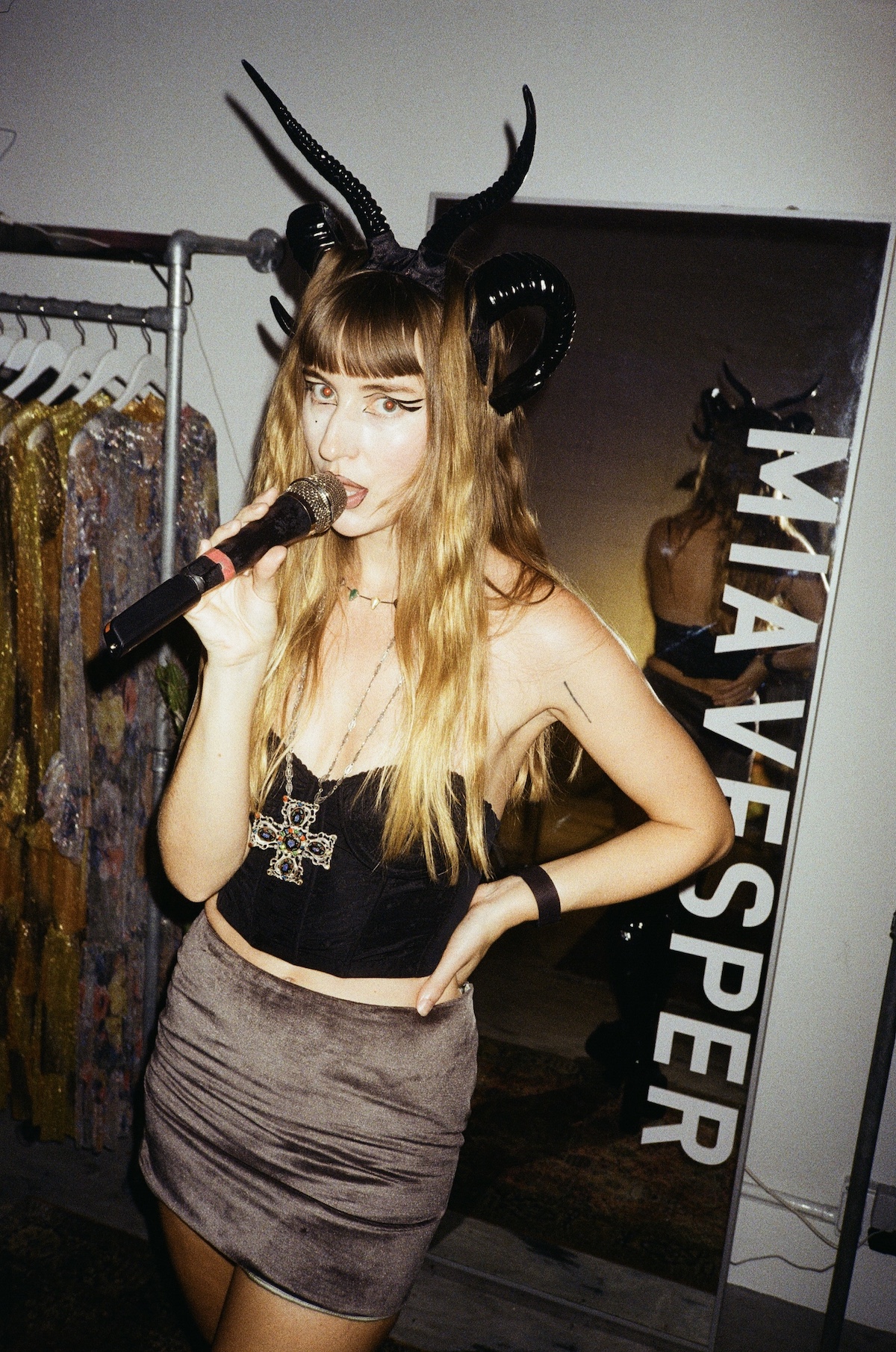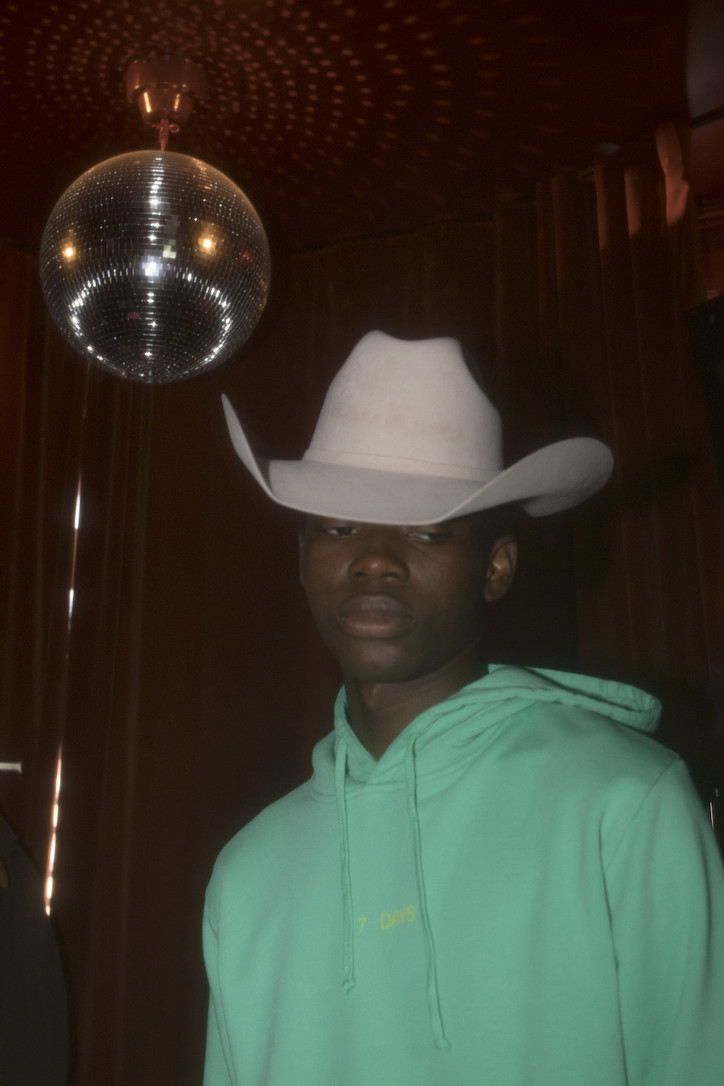Check out some exclusive backstage photos from the show below.
Stay informed on our latest news!
Stay informed on our latest news!
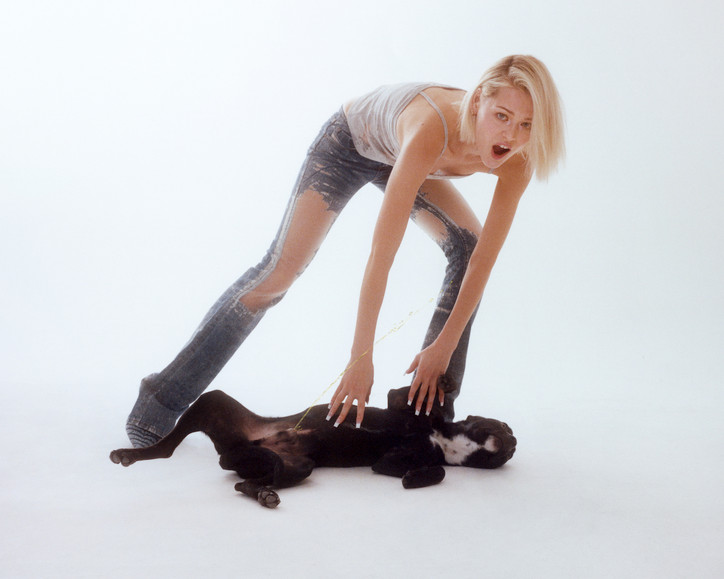
ALINA wears TOP by DIESEL, JEANS by DIESEL, SHOES by DIESEL
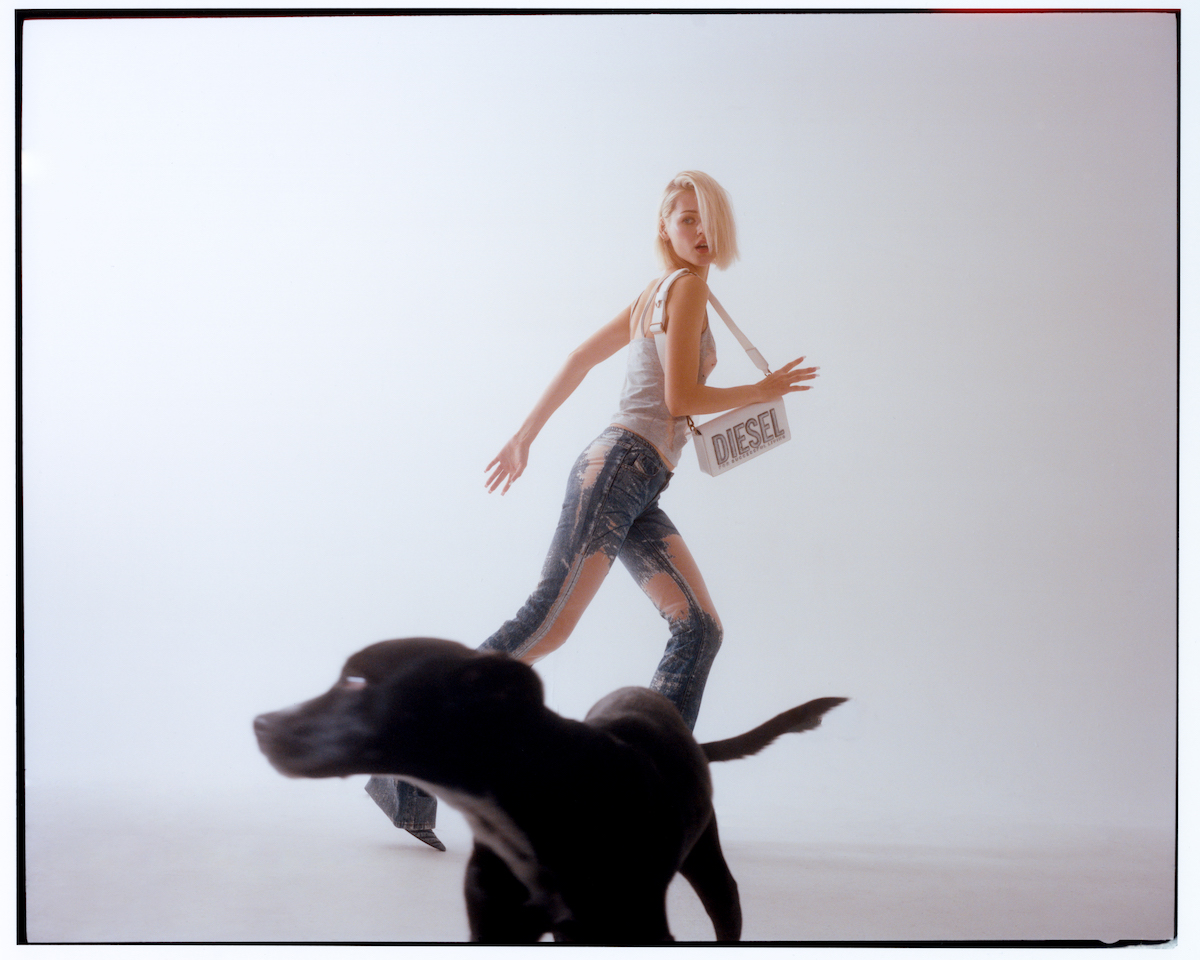
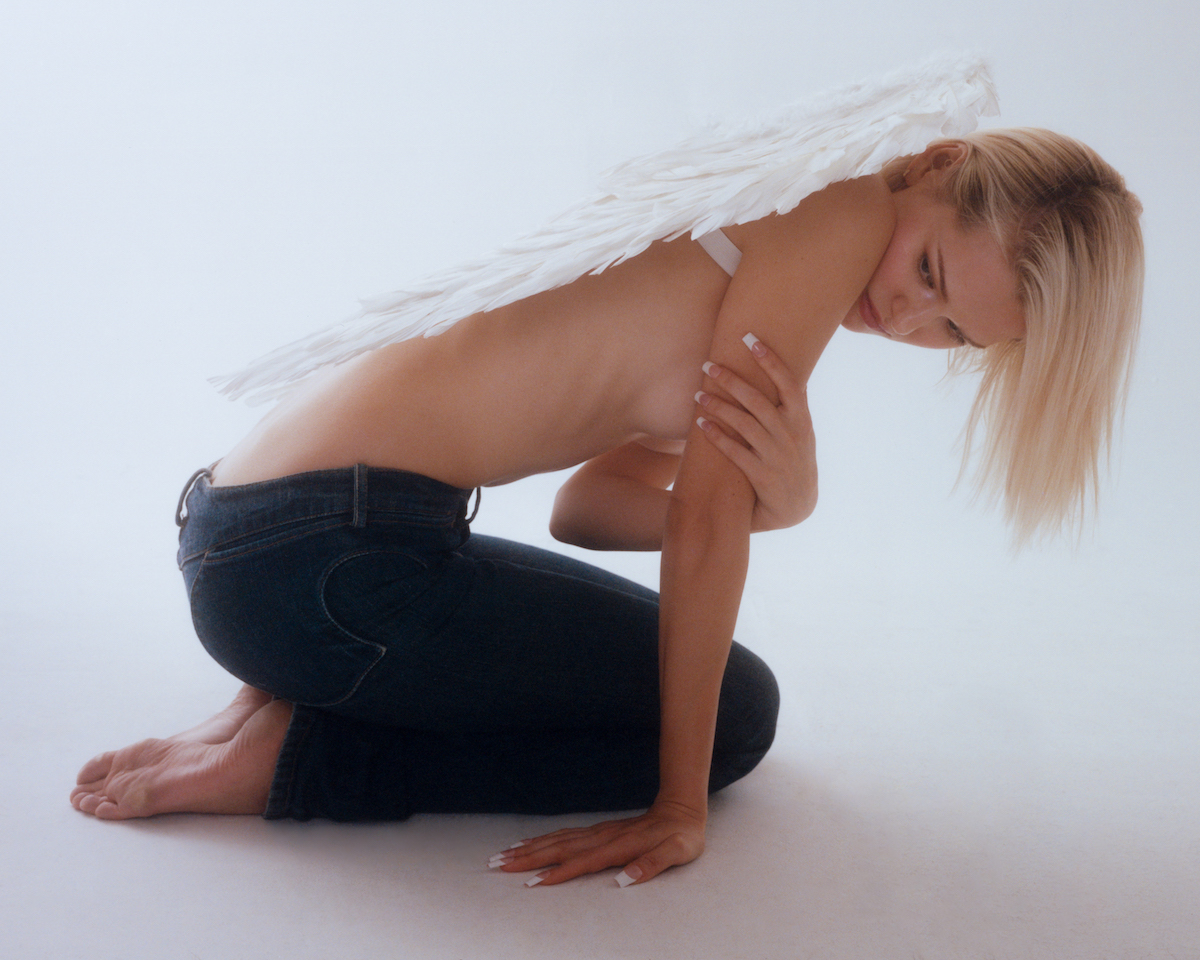

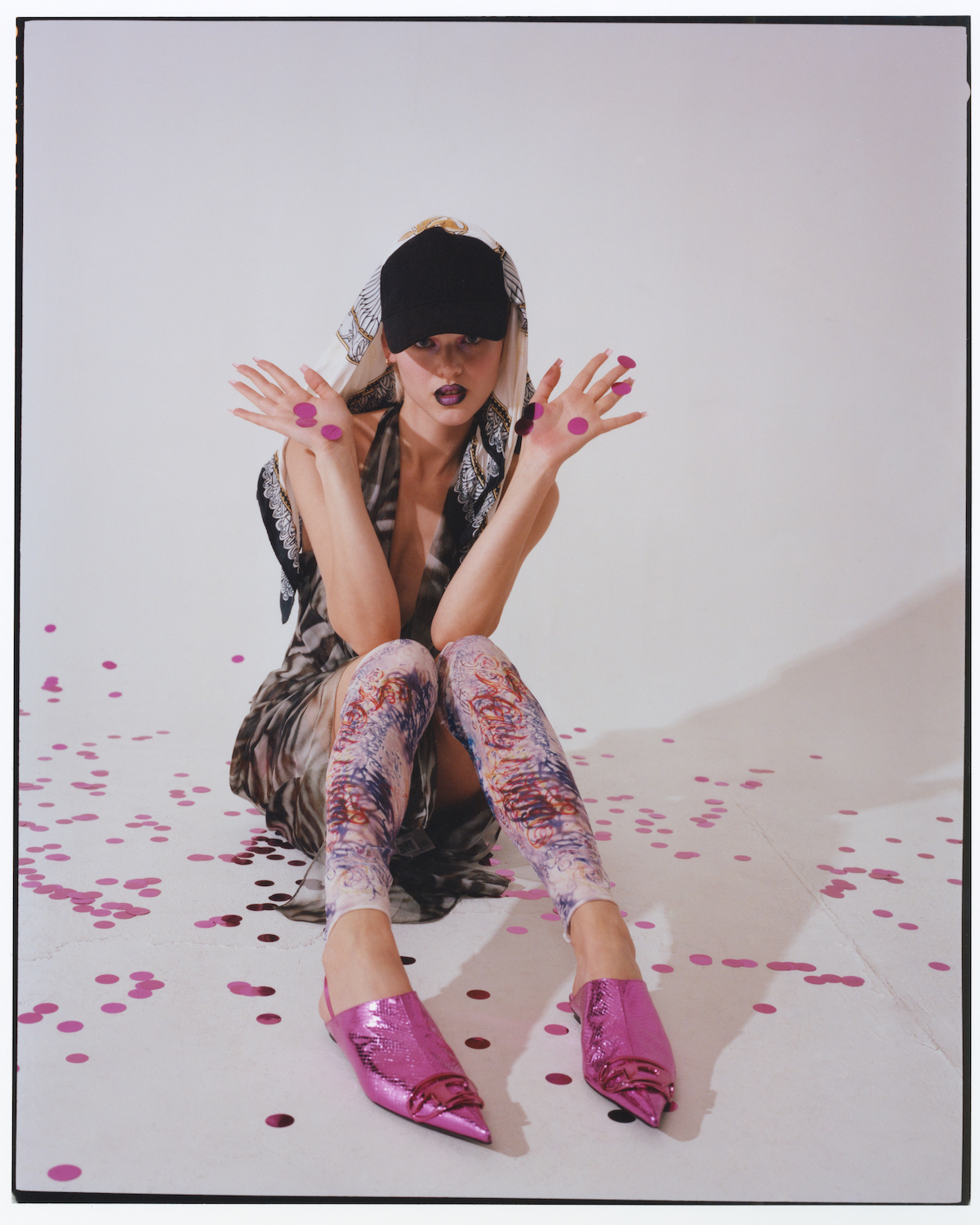
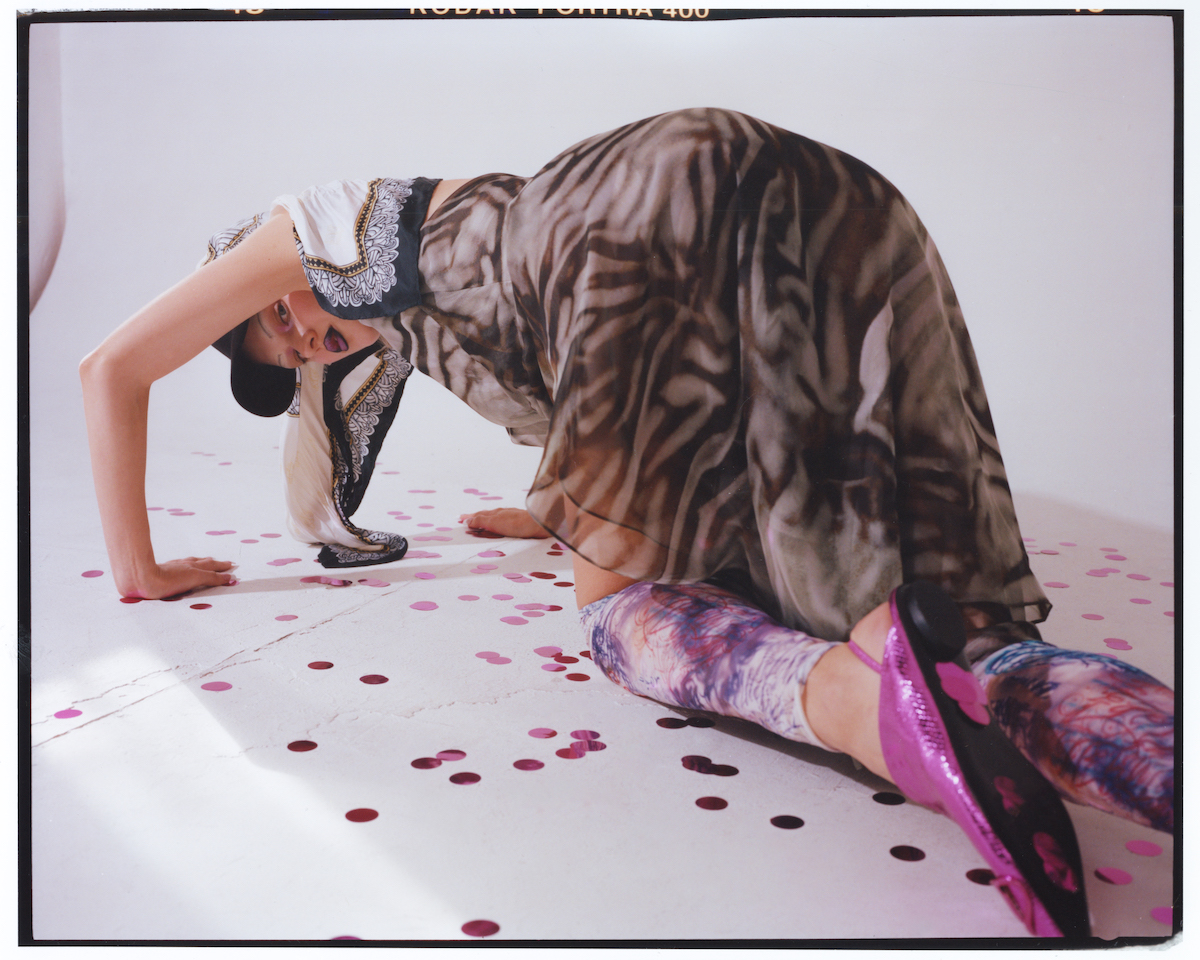
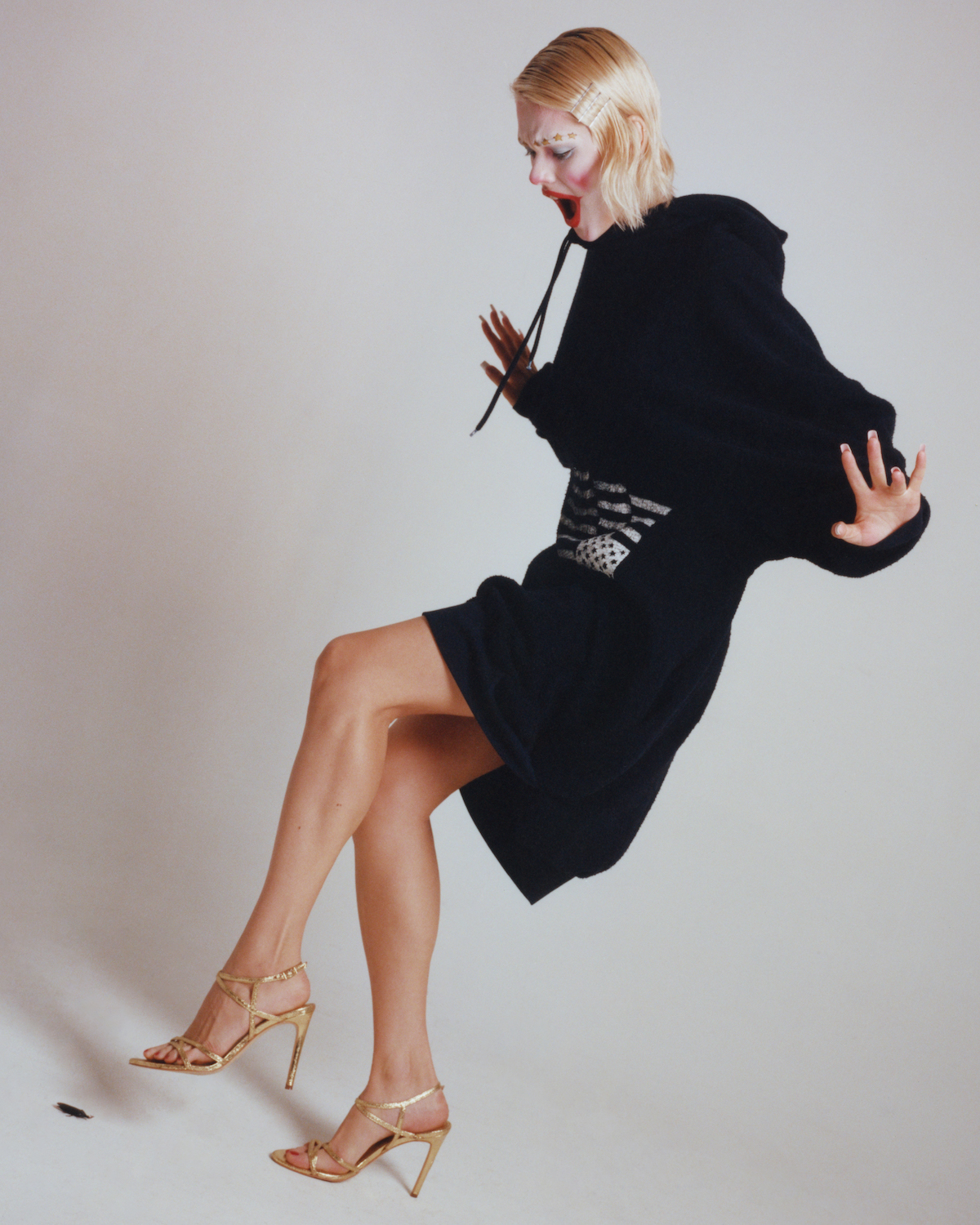
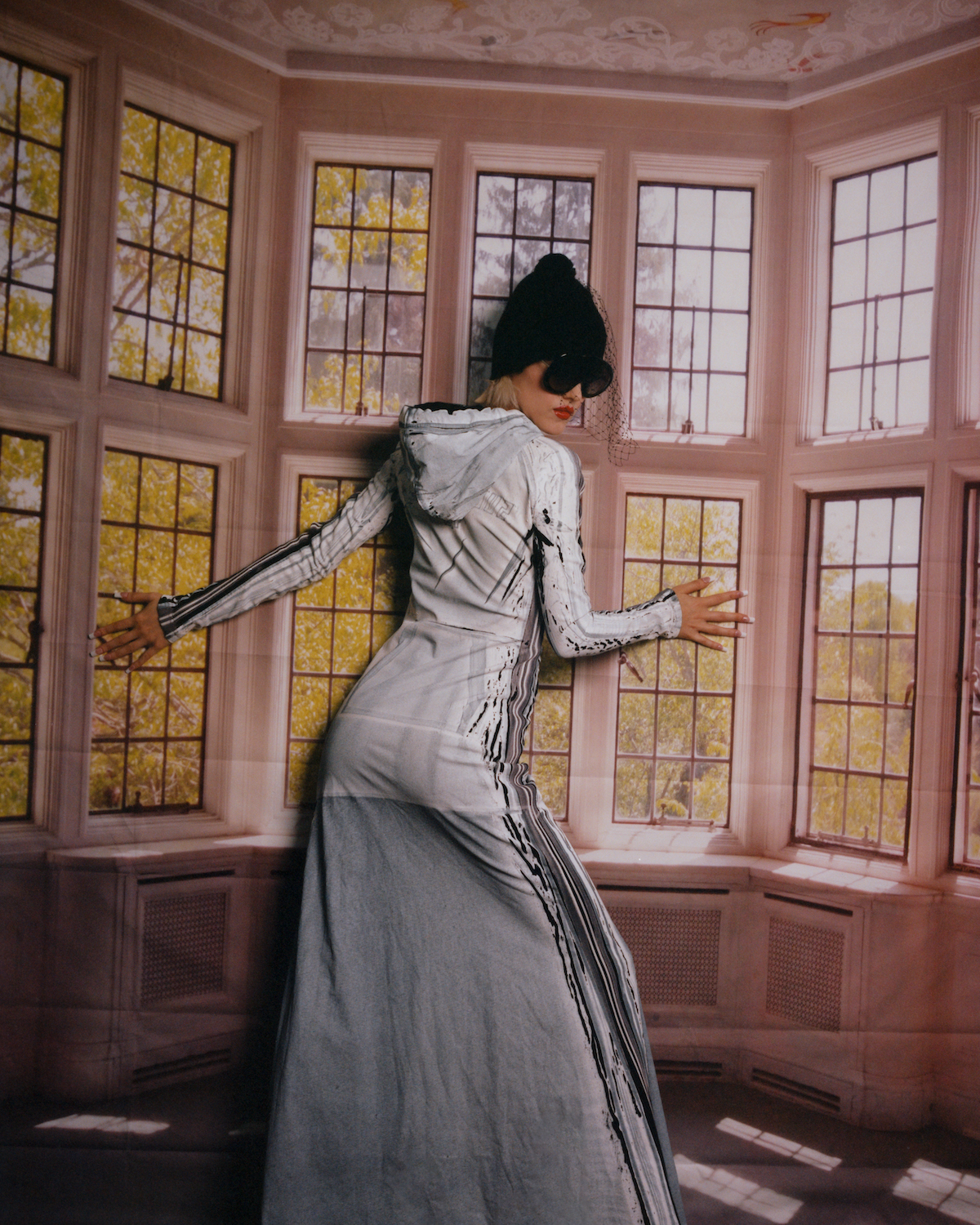
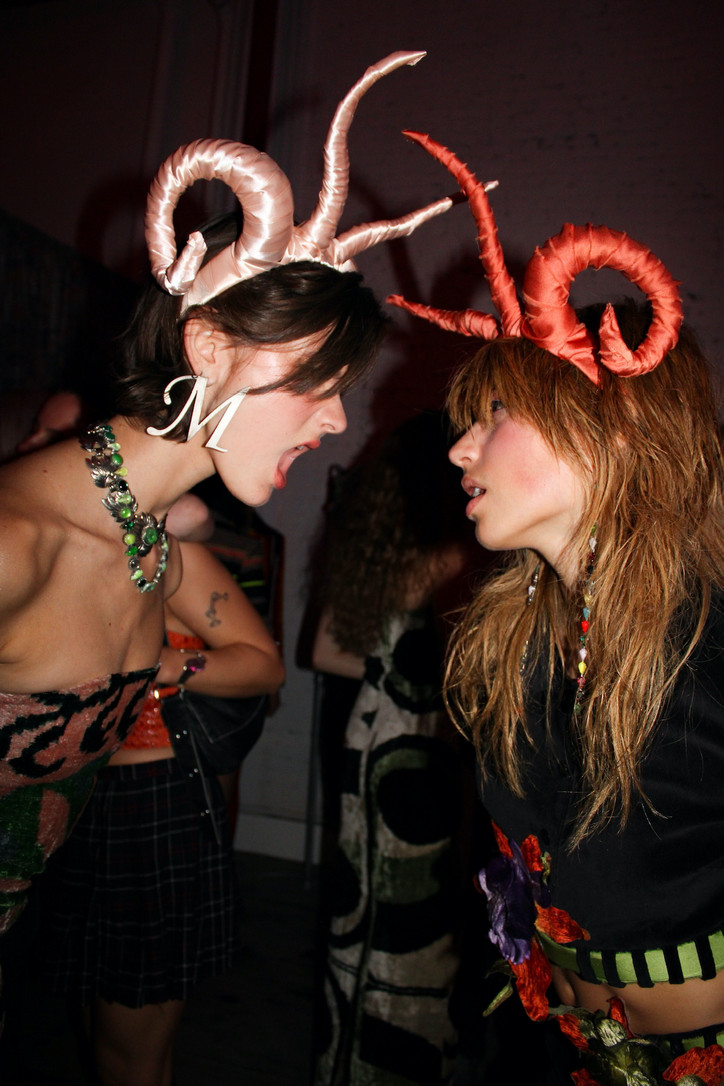
When did you first know you wanted to go into fashion?
Growing up, my family was pretty nomadic and clothing gave me a sense of identity in all the new places we moved. When it came time to look at colleges, I thought I wanted to go to art or fashion school. My mom, who had struggled to find her bearings as a fine artist and textile designer herself, asked: “do you think you have something to say?” I had to admit that I probably didn’t at that stage in my life. A lot of people would find a question like that coming from a parental figure to be discouraging, but I don’t. One of my most controversial beliefs is that art should be less widely shared, more highly considered - both out of respect to the viewer and in an effort not to contribute to a cacophony of so-so work.
Anyway, all that's to say, it wasn’t until my mid 20’s that I decided to pursue what is now my career. It came about by total happenstance - I posted an upcycled coat that I made for myself to instagram, and the brand was born.
What are some of your current aesthetic inspirations?
Right now, I’m playing into unexpected silhouettes. I like when my textiles and silhouettes are at odds with each other. I think vintage rework often leans toward workwear or what I call Enya-core. I think that's a bit of a missed opportunity, so here I am making slutty little skirts, tailored jackets and statuesque dresses. Let’s sportify bohemia, subdue indulgence, commodify academia; laugh at our own sex appeal etc - you get the idea.
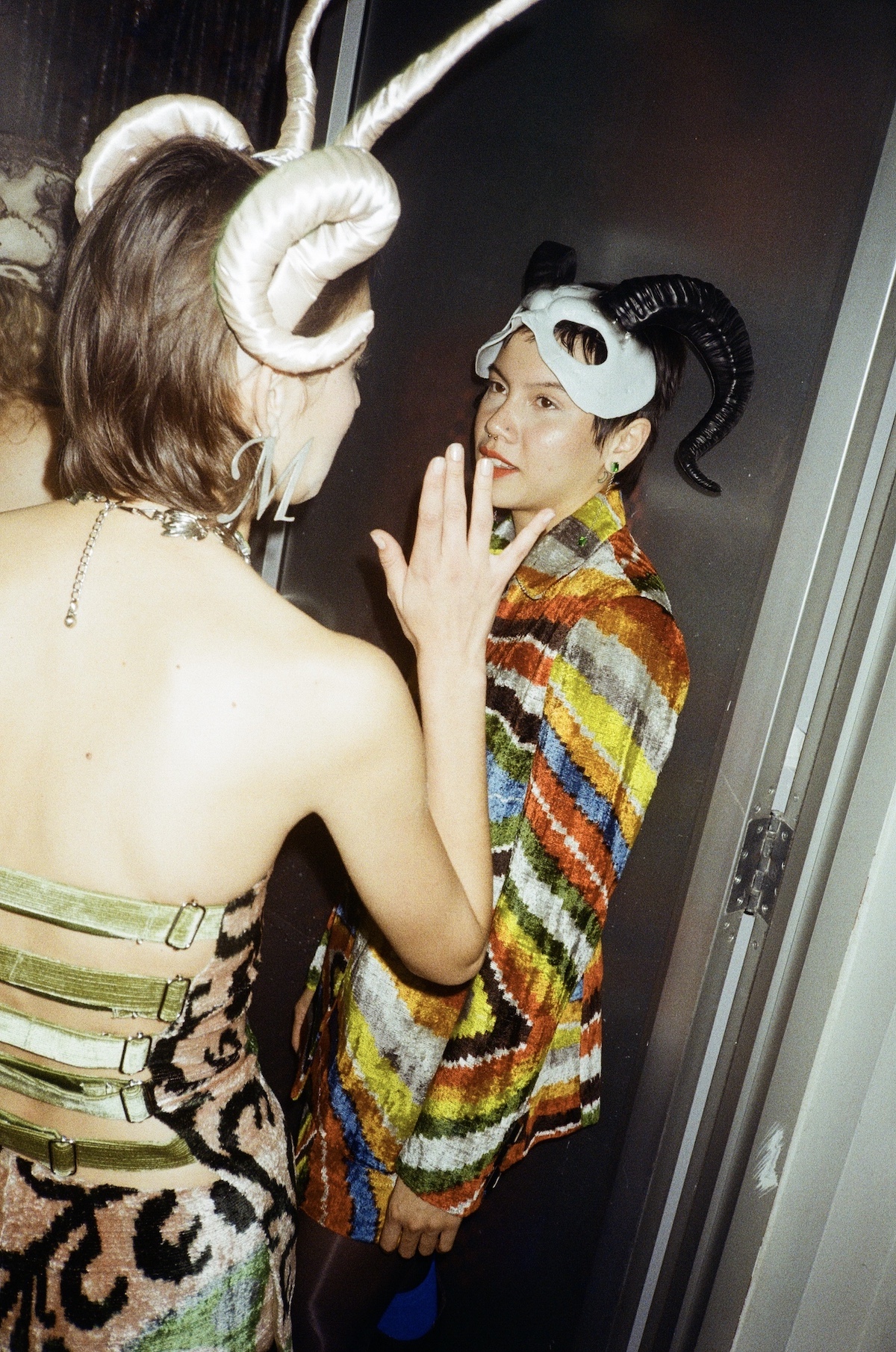
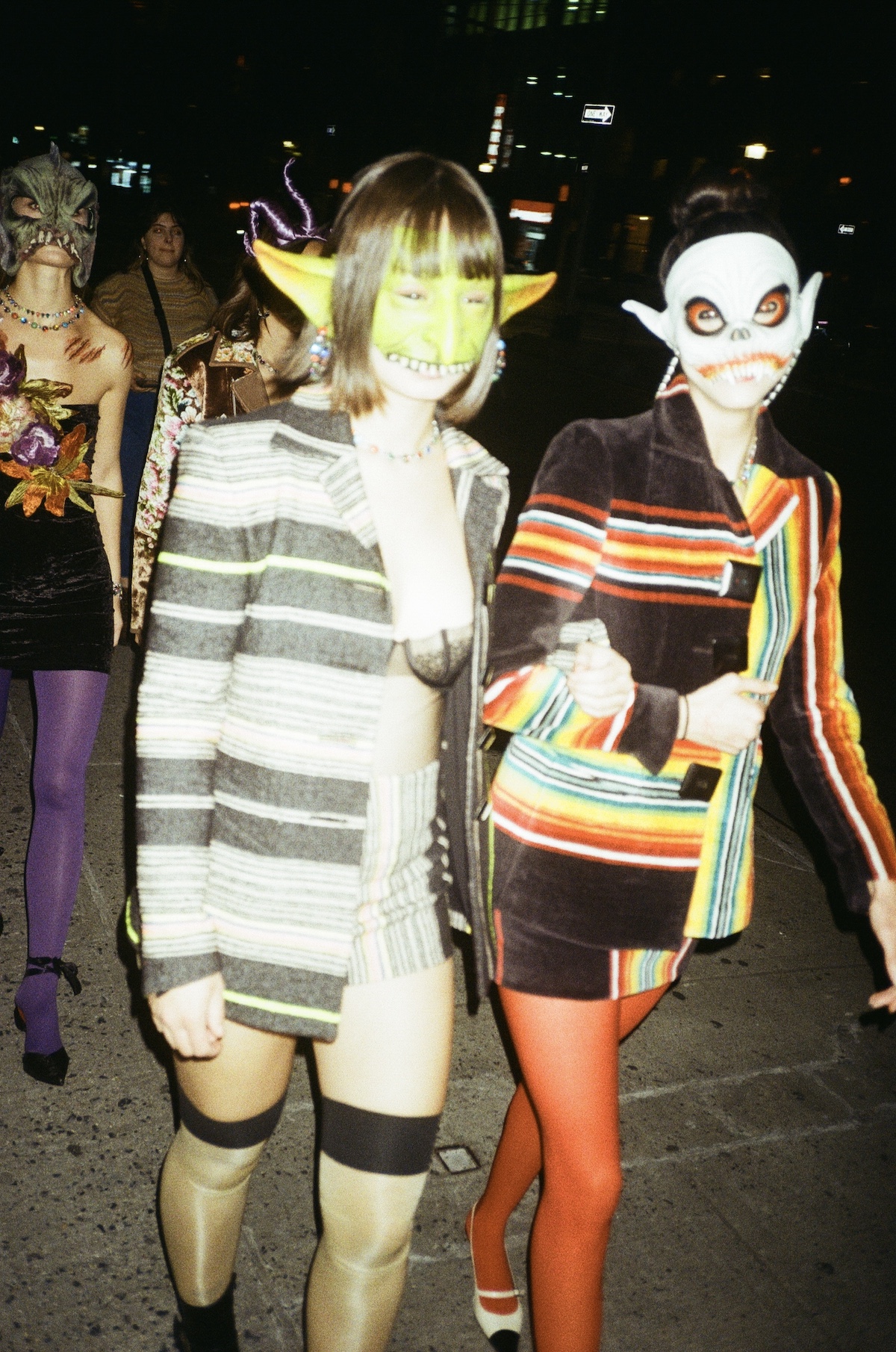
So you’ve decided to end your RTW line– can you talk some more about that decision? What’s the future of Mia Vesper?
I’m well known for my tapestry pieces, but nearly the entirety of my financial success has been built on my Made-in-NY RTW. As you can imagine, it’s not easy to produce or profit on painstakingly difficult, limited-edition pieces. That being said, my tapestry pieces from my collection have brought me the most fulfillment and joy in my career thus far. That joy has been missing for a while now; the struggle to compete in an oversaturated RTW market is not something I’m interested in anymore.
I want to make clothing that is unimpeachably incredible - in addition to my forays into jewelry and home. Nobody really deserves to be making or consuming new clothing. I have always been somewhat morally misaligned with creating collections, wholesale, the PR scrum to be “the next somebody.”
This was a really scary decision that will overhaul the entire future of my business. But I need to lead my career - not let it drag me by a dangling stirrup. Thankfully, I’ve now grown to a point where my customer will hopefully follow my vision without the RTW component.
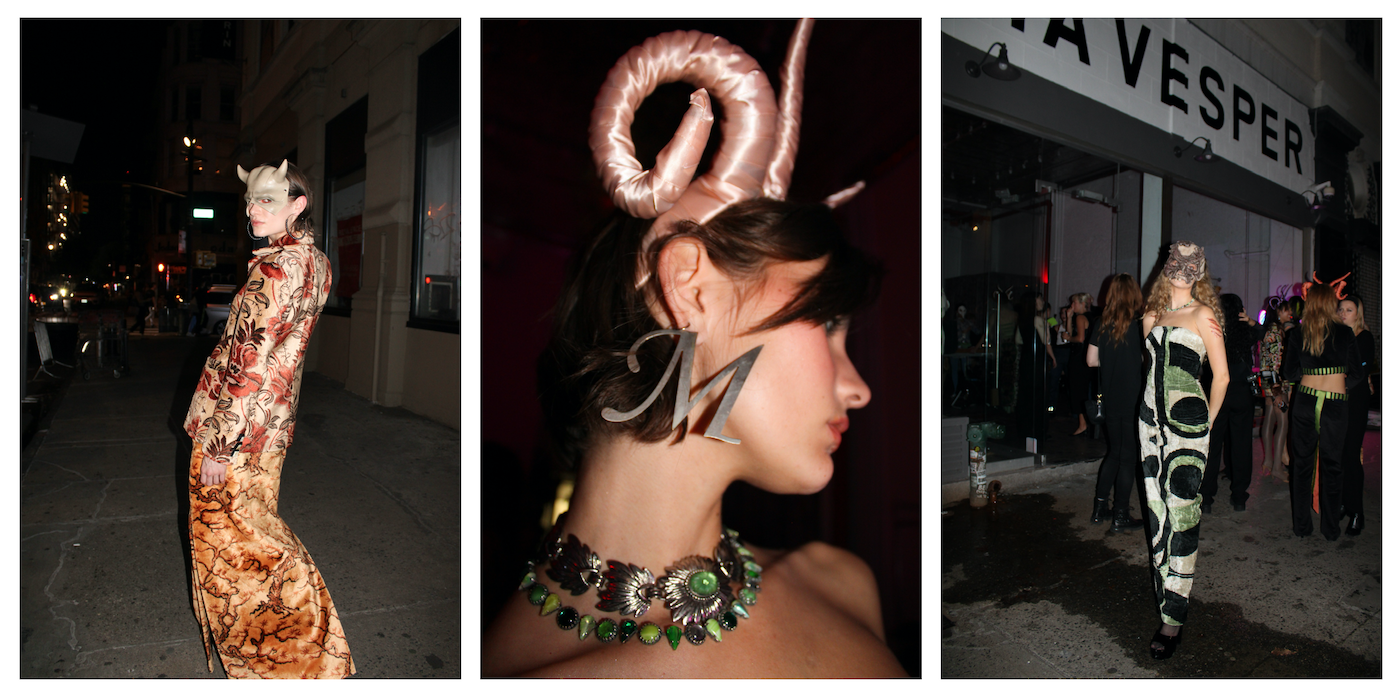
It’s fitting you had this repurposed collection debut with a haunted house– there’s a sort of revival ritual that happens with the fabrics. Do you find that your creative process differs in working with repurposed fabrics versus working from scratch?
Parameters create the best art. That’s one reason people (the real ones anyway) love halloween - because it forces them to scrounge in their mom’s closet and repurpose broken lamp shades. One issue I always took with RTW was how broad the “prompt” is. Oh, so you’re saying I can make anything? Anything at all? Way to intimidate a girl. Repurposed fabrics give me immediate vision. I know what each piece needs to be the minute I see the fabric, partially because of the textile’s limitations (i.e. size constraints, pattern placement, rips and stains, thickness, pile etc.)
Do you know the lives of all the fabrics you’ve sourced? What are some of the most interesting stories?
Like anything passed down through history, I can only trust the knowledge I’ve gained from collecting these tapestries for years. I’m pretty good now at identifying the etymology of my textiles - though usually the seller can also provide insight. This collection comprised looks from Uzbek silk velvets, repurposed beach towels, Soviet-era tablecloths, antique French hearth rugs and my all time favorite - Italian wedding blankets.
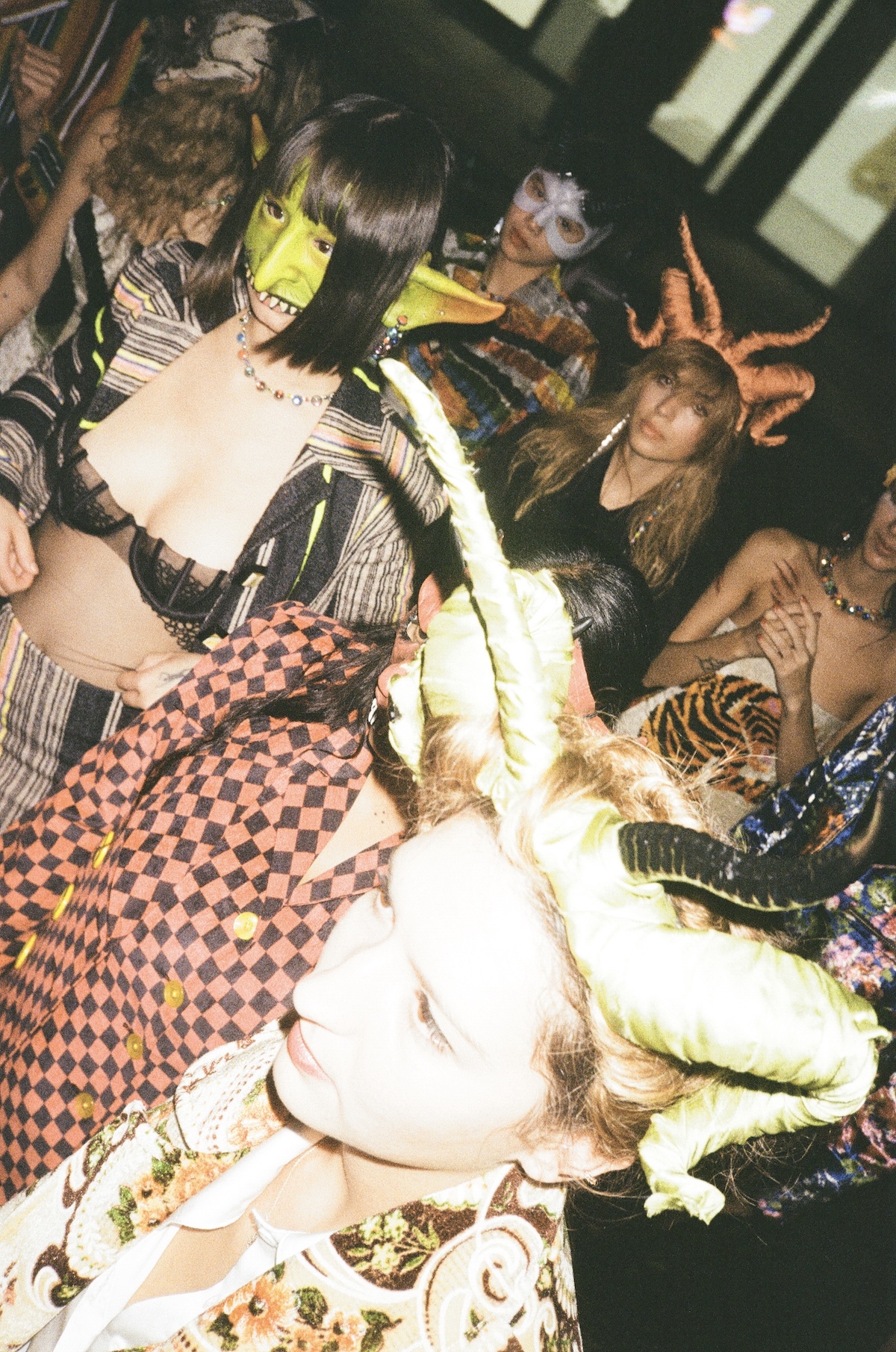
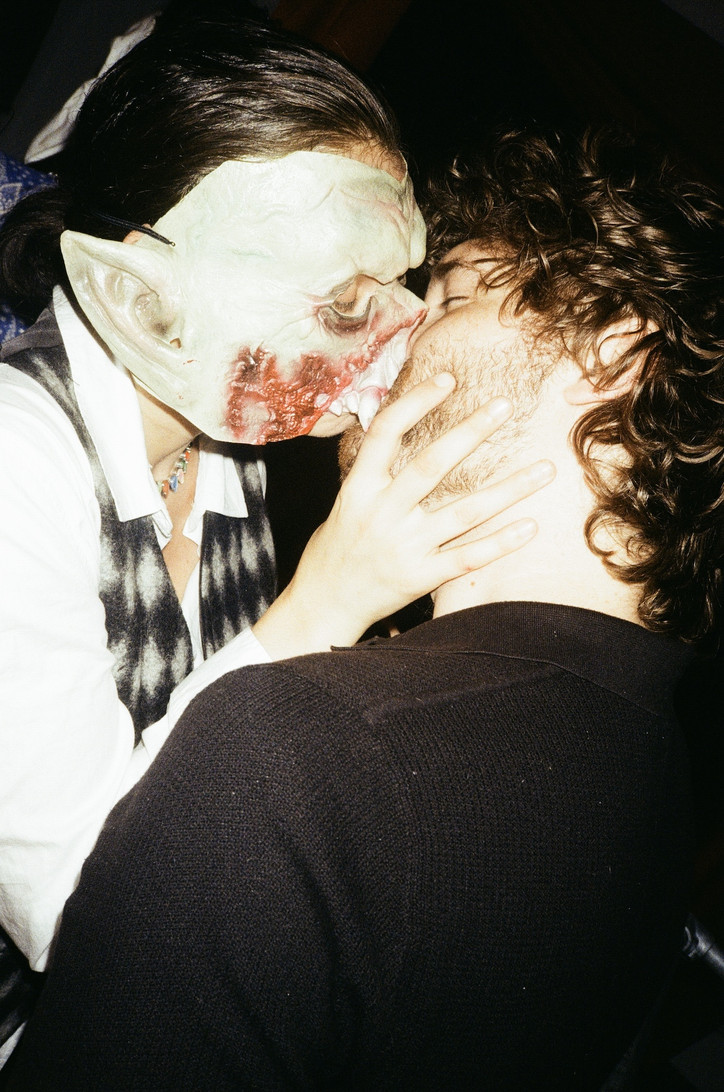
Everyone’s talking about “slow fashion” these days, and you’re making each piece individually or in extremely small batches– along with the environmental impact, what else does a wearer and a designer gain from getting to spend more time with a piece?
I have no doubt that if we surveyed my tapestry customers, the majority would tell you it’s the piece of clothing they love most.. Not to mention, if the fabric has lasted this long, it will last the wearer a lifetime plus. These are the sorts of pieces your grandchildren will argue over when the will is read.
How would you define the “Vesper girl?”
The Vesper girl makes esoteric or extreme clothing feel casual. She is the easiest going try-hard on earth. A cool girl for sure, but almost certainly not a trendy one. You know the whole “girls who get it, get it” proverb? It's sort of the opposite of that. Everyone gets it. Most people even like it. Few will wear it though. My girl commits!


